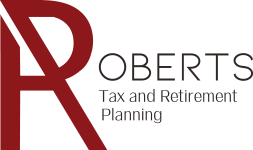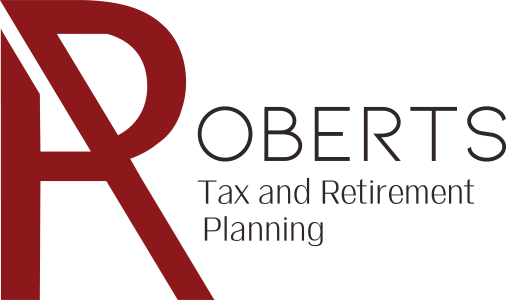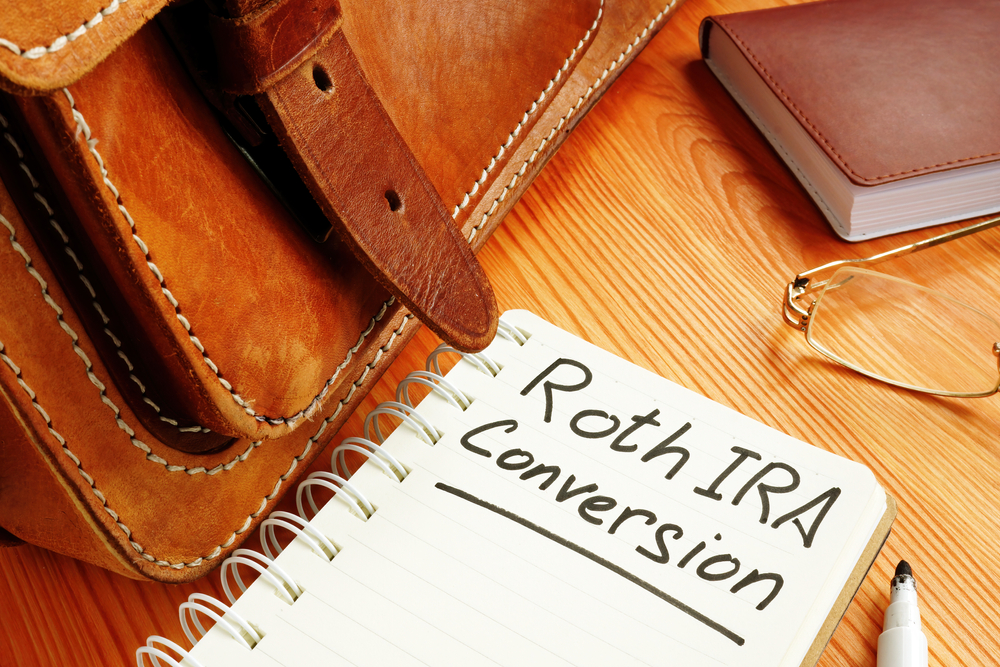The most important part about saving for retirement is that you do it: whether you choose a pre-tax account, a post-tax account, a general investing account, or a combination of all of them, it just matters that you’re saving and investing. However, there is a great deal of value in investing in the right accounts first, especially if you have a limited amount of income you can dedicate to retirement. While your HSA and 401(k) should come first if you have them, investing in your IRA, or individual retirement account, is a good next move.
Most people hesitate when choosing between a traditional IRA and a Roth IRA and, just like before, it matters more that you’re putting money away than that you’ve correctly forecasted the best return between the two different types. If you want simple, just invest your money in a Roth IRA: your paycheck will already have income taxes, so just shift the money from your savings account to a Roth account and forget about it. (Remember, the best thing to do with long-term investing is to put money into an index fund and then forget about it so the market can do the work for you.)
But if you want to get into the details of IRAs, you can get a substantial margin of extra returns. Traditional IRAs are pre-tax accounts, which means you don’t pay taxes on the money you contribute. Instead, you deduct it from your annual income on your tax returns. Your contributions will grow over the following decades and, once you hit retirement age, you can start to make withdrawals. Those withdrawals are what gets taxed: both your initial contributions and the returns you’ve gained will be taxed according to your then-current tax bracket. This means most people prefer traditional IRAs if they are in a high tax bracket now and expect to be in a lower tax bracket when they retire; that way, even though more money is being taxed, the percentage is lower.
Roth IRAs, on the other hand, are taxed as income now. But that means your withdrawals, both the principal you’ve put in over the years and the returns you’ve earned, are tax-free. Roths also let you bend a few withdrawal rules before you reach retirement age. This means Roth IRAs are preferred by people who want a little more flexibility throughout the years and expect to be in the same tax bracket when they retire.
No matter which account you choose, you’re making a good choice for your financial future. Go to Roberts Tax Advisory for more retirement advice and details about how to manage your finances.








